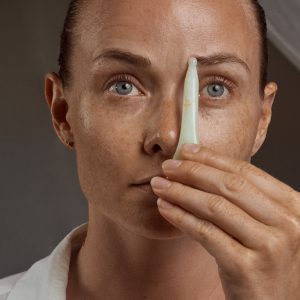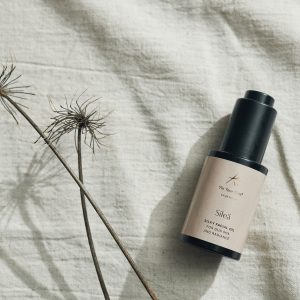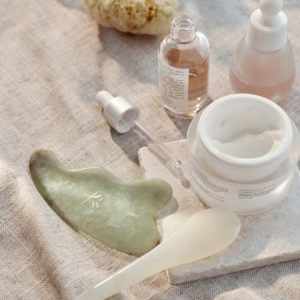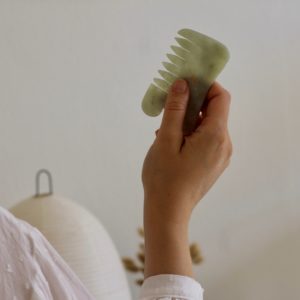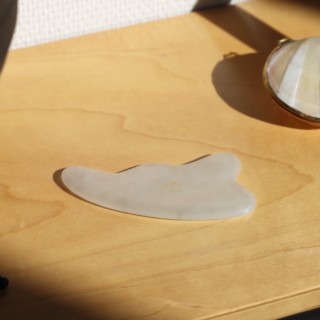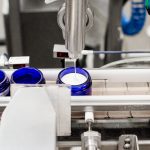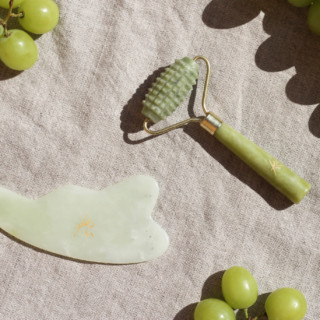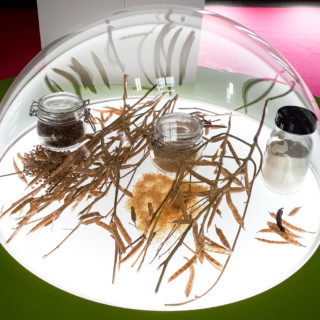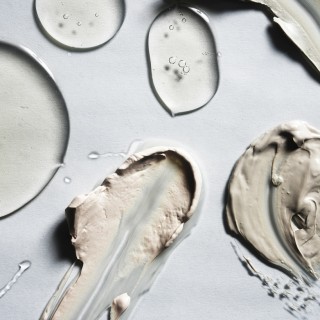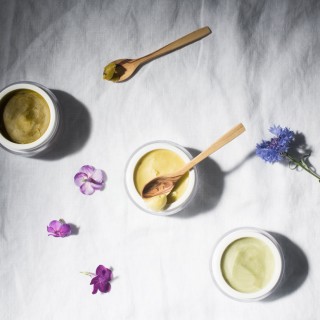In my previous post I spoke about raw materials and raw materials fairs. Now it is time to dive deeper into one specific class of raw materials – emulsifiers. I will also talk about one of the most popular emulsifiers used in natural cosmetics, an emulsifier called Olivem 1000.
Emulsifiers
Emulsifiers as raw materials are irreplaceable, because without them products that containing water an oil would not be stable. In theory one could make do with a toner and an face oil, but emulsions have an established role in skincare. Although emulsifiers are such an essential part of emulsions, they are hardly ever discussed in product claims.
First a few basics about emulsifiers. An emulsifier is a technical ingredient that enables two immiscible materials, like water and oil, to be mixed together with the aid of outside shear (and often heat) in order to form an emulsion. An emulsifier is a surface active ingredient where one end is hydrophilic (meaning it likes water) and the other end is hydrophobic (it doesn’t like water but oil).
In natural cosmetics almost all emulsions can be divided into two categories, o/w (oil-in-water) and w/o (water-in-oil) emulsions. The most commonly encountered type is o/w. In o/w emulsions the outer phase is made up of water and water-soluble ingredients, while the internal phase is made from oil and oil soluble ingredients. The emulsifier will form micelles so that the hydrophilic head faces the water phase, and that the hydrophobic end faces the oil phase.
Different emulsion types require different emulsifiers. O/w emulsifiers are unsuited for creating w/o emulsions and vice versa.

Try This at Home
A seasoned cosmetic scientist can often determine the emulsion type from the ingredients list. But in some cases one can’t be sure, especially if an unfamiliar emulsifier has been used. But fortunately there is a simple test for this that does not require a lab for success.
If you want to test at home what kind of emulsion a product is, here is what you do: if the product is an o/w emulsion, the outer phase is water. If the product is thereofre mixed into a glass of water with a spoon, it should dissolve fairly easily. If the product in question is a w/o emulsion, when mixed with water it will just float on top in a lump and not mix well with the water.
The same can be tested in reverse with simple cooking oil. O/w emulsions will not mix with oil, but a w/o emulsion should easily dissolve when mixed because the emulsion’s outer phase is oil-soluble.
Emulsifier Mixes
Emulsifiers are most commonly sold in ready-made mixtures. An emulsion often requires two or more emulsifying ingredients to be stable. To meet this problem, raw materials suppliers have developed emulsifying systems where two or more ingredients have been combined in optimal proportions in order to achieve stable emulsions. These pre-mixes are easy to use and the cosmetic formulator is often spared labourous HLB (hydrophilic-lipophilic balance) calculations.
The naturally certified Montanov range by the French company Seppic in very popular in natural cosmetics. Some examples of Seppic’s emulsifier mixes are Montanov 68 (INCI: Cetearyl Alcohol & Coco-Glucoside), Montanov 202 (INCI: Arachidyl Alcohol, Behenyl Alcohol & Arachidyl Glucoside) and Montanov L (INCI: C14-22 Alcohols & C12-20 Alkyl Glucoside). These emulsifying systems are so easy and pleasant to use, that they can be spotted in a number of natural products on the market.
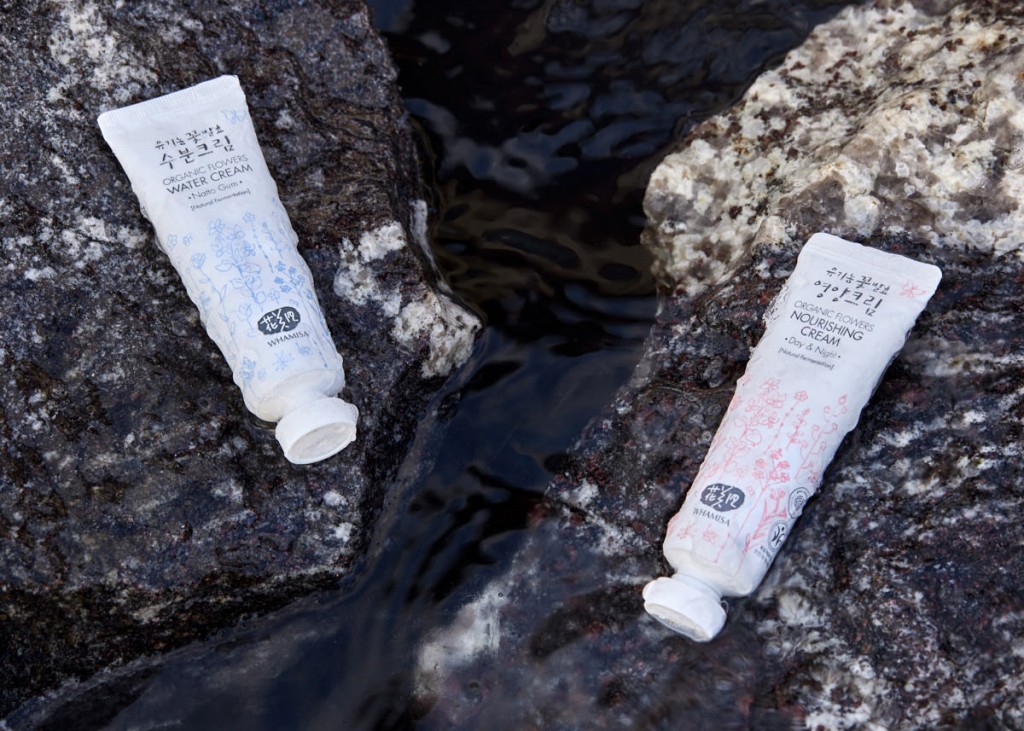
Olivem 1000
Every cosmetic scientist tends to have their favorite raw materials. My favorite emulsifier is Olivem 1000. It is one of the most versatile naturally compliant emulsifiers. This raw materials allows a number of very different applications, and that is what makes it so popular.
Olivem 1000 is the trade name of the raw material manufactured by Hallstar. It is made from olive oil and is COSMOS certified. The INCI for Olivem 1000 is Cetearyl Olivate and Sorbitan Olivate. It is extremely likely, that when spotted together in an ingredients list, the emulsifier that has been used in that particular emulsion will be Olivem 1000.
It is a common theory that the emulsifier often impact the viscosity and the skin feel of a product. Olivem 1000 is unique in that sense that a range of viscosities and skin feels can be formulated with it. That is why Neal’s Yard Remedies, a company that I love, uses a lot Olivem 1000 in all of its emulsion-based products. Olivem 1000 can also be spotted in Whamisa’s and Tata Harper’s products.
Often the same emulsifiers that work well in skincare are not very suitable for makeup products. This is yet another reason that makes Olivem different. Due to its exceptional pigment tolerance it can be found in foundations, mascaras ja BB Creams with an SPF.
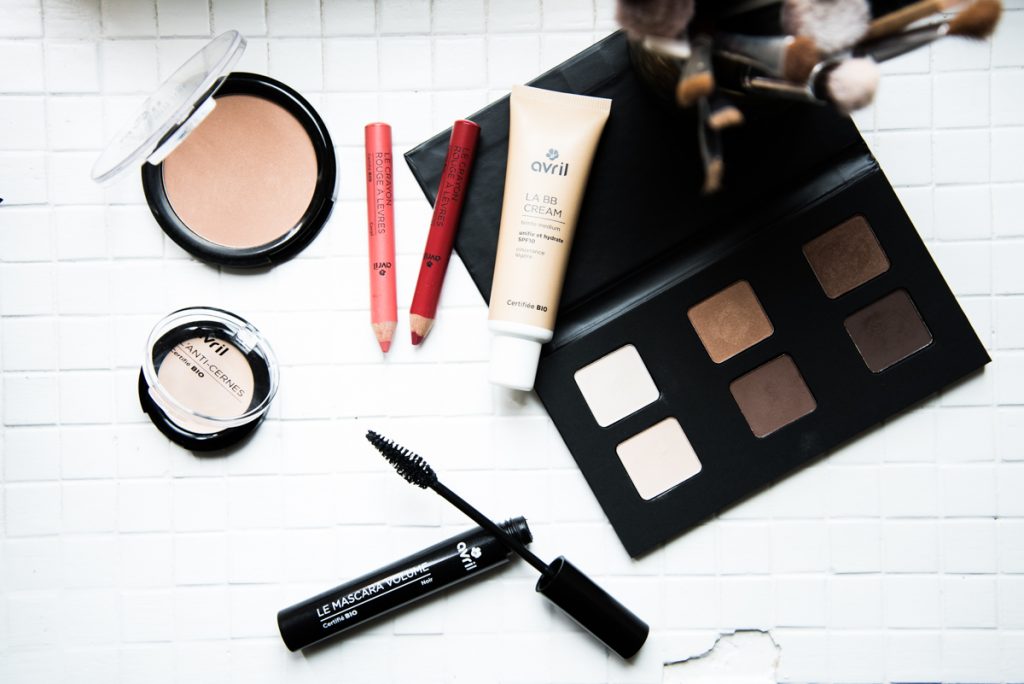
Simple Emulsions Using Olivem 1000
Because Olivem 1000 is such a versatile and forgiving emulsifier, it can be used to create emulsions even at home. (Note! Homemade products should never be sold on, and they should be used up as fast as possible. No matter how good hygiene is practiced, and even if correct amounts of suitable preservatives were used and GMP was followed, homemade cosmetics can never compare to cosmetics made in dedicated specialist manufacturing facilities.)
Below are two emulsions, both made with Olivem 1000, but with very different end results. I have left out the oil phases to be chosen at will, because Olivem 1000 is such a robust emulsifier that it will emulsify almost all oils. In the moisturising emulsion a part of the oil phase can be substitutes with a vegetable butter in order to achieve a thicker and richer feel. (For example, the oil phase could constitute 8% oat oil, 7% sunflower oil, 5% shea butter, 3% grapeseed oil and 2% poppy seed oil.)
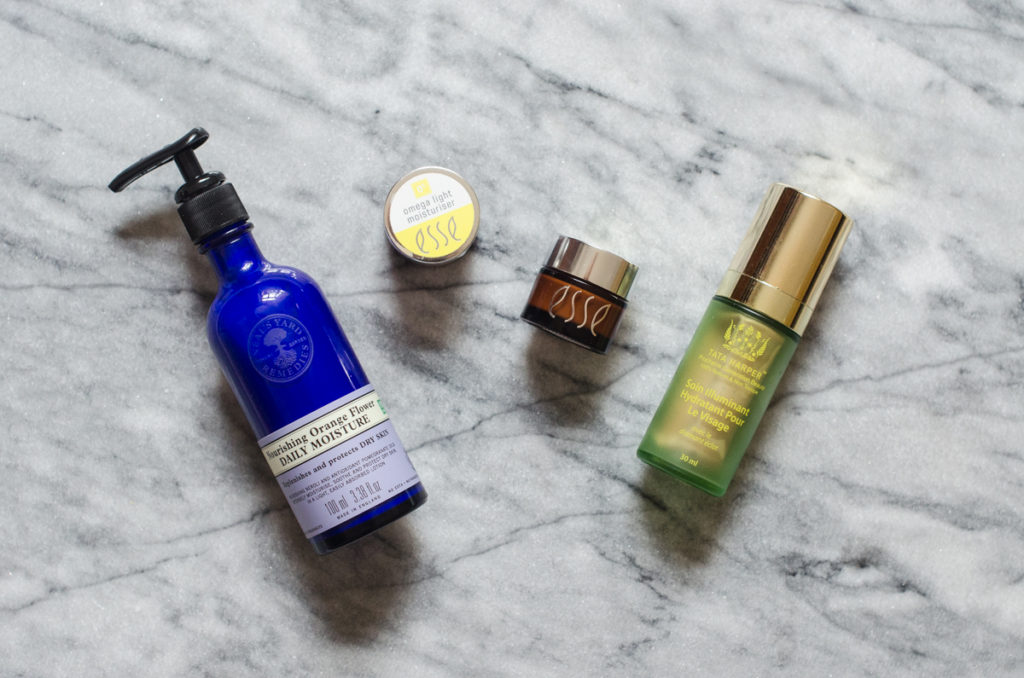
Moisturising Emulsion
Phase A
Purified and deionised water up to 100%
4.00% Glycerin
0.3% Xanthan Gum
Phase B
5.00% Olivem 1000
25.00% oils of choice
Phase C
Preservative (each preservative has a recomended dosage that should be followed)
Phase D (optional)
0.10% essential oils of choice
Phase E
Citric Acid (The pH should be adjusted according to the window in which the preservative is effective. If the preservative system consists of organic acids, the pH is often between 4.5-5.5)
Method of Manufacture
1) Measure Phase A’s water and Glycerin, and start heating the mixture towards 75C. At the same time sprinkle in slowly the Xanthan Gum, all the while maintaining stirring. Mix until the mixture is even and the Xanthan Gum has fully dissolved.
2) Measure Phase B’s raw materials in their own beaker and heat to 75C.
3) When both A and B have reached 75C, pour Phase B into the beaker containing Phase A. Mix using an immersion blender or similar on full speed for about 5min.
4) Keep stirring at low speed until the temperature of the emulsion has dropped below 40C. Add the preservative and keep mixing.
5) When the emulsion has reached room temperature, add the essential oils if you so choose. Measure the pH and adjust it with Citric Acid until the desired pH is achieved.
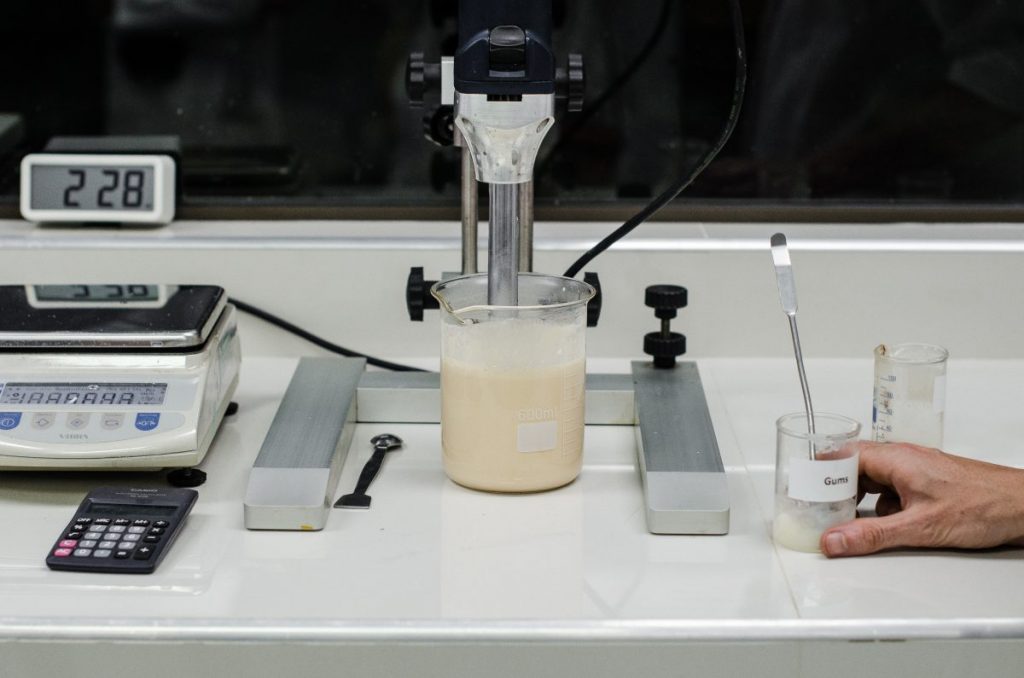
Emulsion-based Serum
Phase A
Purified and deionised water up to 100%
0.10% Dermofeel PA (Phytic Acid, aqua)
2.00% Glyseriini
Phase B
1.00% Olivem 1000
3.00% oils of choice
Phase C
1.00% Xanthan Gum
Phase D (optional)
0.10% essential oils of choice
Phase E
Citric Acid (The pH should be adjusted according to the window in which the preservative is effective. If the preservtive system consists of organic acids, the pH is often between 4.5-5.5)
Method of Manufacture
1) Measure out the raw materials in Phase A into a beaker and heat to 75C.
2) Measure Phase B into its own beaker and heat to 75C.
3) When both A and B have reached 75C, pour Phase B into Phase B and mix using an immersion blender or similar on full speed for about 5min.
4) Continue slowly mixing and sprinkle in the Xanthan Gum slowly.
5) Keep stirring at low speed until the temperature of the emulsion has dropped below 40C. Add the preservative and keep mixing.
6) When the emulsion has reached room temperature, add the essential oils if you so choose. Measure the pH and adjust it with Citric Acid until the desired pH is achieved.
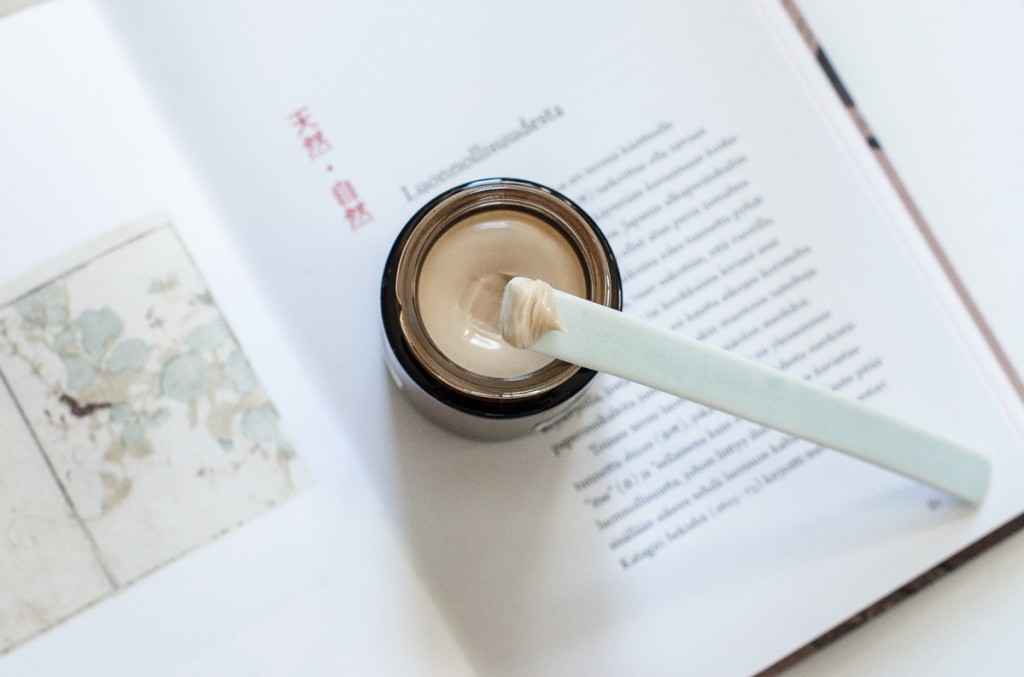
Photos Katja Kokko and Timo Anttonen
